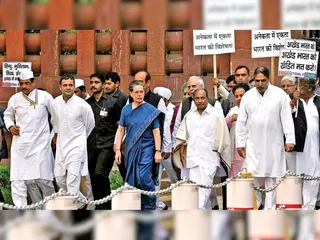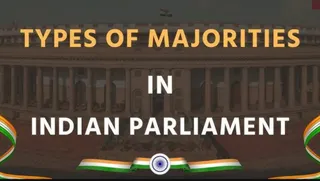A state assembly, the legislative body of a state, can be dissolved or suspended under specific circumstances. The process and implications vary significantly depending on the state's constitution and laws.
Dissolution of a State Assembly
Dissolution typically involves the termination of the assembly's term before its natural expiration. This often occurs due to:
- End of Term: Most assemblies have fixed terms, and at the end of that term, they are automatically dissolved. New elections are then held to form a new assembly.
- Loss of Confidence: In some systems, if the assembly loses a vote of no confidence in the government, it may lead to the dissolution of the assembly. The executive may advise the head of state to dissolve the assembly, triggering fresh elections.
- Constitutional Crisis: Severe constitutional crises or failures of governance can sometimes result in the dissolution of the assembly. This is usually a last resort.
Suspension of a State Assembly
Suspension differs from dissolution. It means temporarily halting the assembly's functions, rather than ending its existence entirely. Common reasons include:
- Emergency Situations: During emergencies, such as natural disasters or serious civil unrest, a state's executive branch might temporarily suspend the assembly's operations to facilitate swift decision-making and response.
- Coup Attempts or Instability: In cases of political upheaval or coup attempts, the assembly might be temporarily suspended to maintain order and prevent further instability. However, this usually raises serious concerns about democratic governance.
Legal and Constitutional Framework
The specific legal and constitutional framework governing the dissolution or suspension of a state assembly varies greatly from state to state. Each state's constitution outlines the process and the authority that can initiate it. It is crucial to consult the relevant state's constitution and laws for precise information.
Consequences
The dissolution or suspension of a state assembly has significant consequences, including:
- Political Instability: It can lead to uncertainty and political instability.
- Governance Gaps: It may create a temporary governance void, which could negatively affect the delivery of public services.
- Legal Challenges: The actions leading to dissolution or suspension may face legal challenges in courts.
Disclaimer: This information is for general educational purposes only and should not be considered legal advice. For specific legal information, please consult with a qualified legal professional.












































 (24)jpeg-1722421859875.jpeg.webp)




